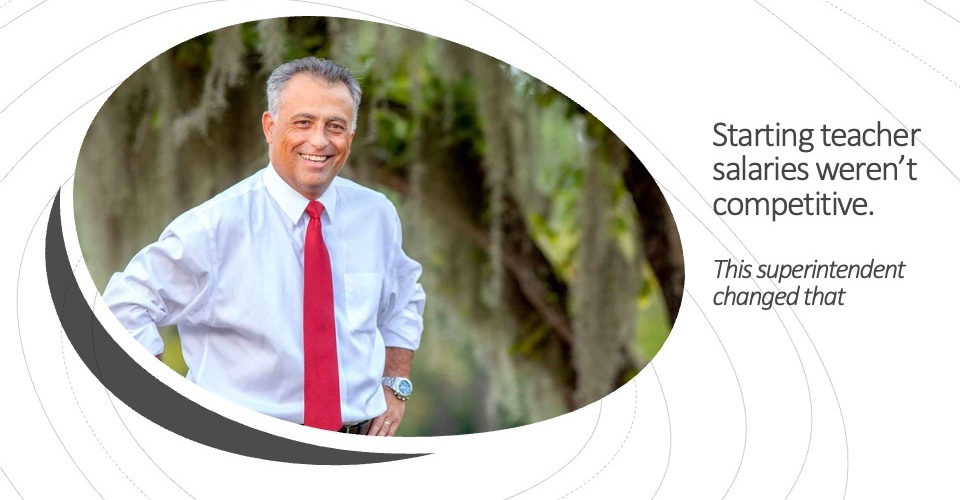Public school districts are competing for students more fiercely today as preferences for charter, private and homeschooling grow among parents and families. But how extreme is the competition?
It’s modest at best, according to researchers at the Thomas B. Fordham Institute, an education reform think tank, who sought to understand the “competitive effects” brought forth by the growing school choice movement among the nation’s 125 largest school districts.
According to the data, the number of students in grades 1-8 who weren’t enrolled in a district-run school grew nearly 3% between 2010 and 2020, totaling about 18% in these districts. The researchers attribute this growth to the rising popularity of charter schools.
In the top 125 largest school districts, charter schools more than doubled their market share from 3% to 6.5%, the report suggests. Among the rest who didn’t attend a district school as of spring 2020, nearly half still attended a private school and nearly one in five were homeschooled.
A look at the competition
Schools in the largest K12 districts in the country see very little competition for students, the researchers found. For example, only 42 districts reported 10-20% of students in grades 1-8 not enrolled in a district-run school. Only 12 districts are located in areas where 40% or more students aren’t attending a district-run school.
Districts like the Corona-Norco Unified School District in California and Georgia’s Clayton County School District are considered the “least competitive school districts” as roughly 95% of their students attend a district-run school. On the other hand, the San Antonia Independent School District in Texas and Washington, D.C.’s District of Columbia Public Schools reported 52 and 51 percent non-district enrollment respectively and are considered some of the country’s “most competitive school districts.”
Additionally, among these 125 districts, 105 faced increased competition for students between 2010 and 2020, although the levels are “modest.”
More from DA: U.S. math scores take a hit in global assessment. But there’s good news
According to the report, 77 districts saw anywhere from a zero to 10 percent increase in non-district enrollment among students, a 10-20 percent increase in 27 districts and 20-30 percent in just one district. School districts like the Indianapolis Public School District in Indiana and the Newark City School District in New Jersey saw the largest shifts in district-run school enrollment at 19%.
So what does this mean for K12 public school enrollment? Does this analysis of the nation’s largest school districts paint a grim picture suggesting the “death of public schools?” Not exactly. Here are three takeaways from the researchers based on this data:
- The decline of public schools is greatly exaggerated: Most students still attend a school administered by their local school district. As the research suggests, the shifts in non-district enrollment are modest at best. These districts have little incentive to change their policies to counter school choice.
- Most districts would benefit from more affordable non-district alternatives, especially for marginalized groups: The gap between white and non-white students’ access to non-district schooling has narrowed but has yet to disappear in most large districts. “And despite the evidence that traditionally disadvantaged groups are particularly likely to benefit from non-district alternatives, the approach many places take to K12 education policy is still reminiscent of that old and morally dubious adage: ‘Choice for me, but not for thee,'” the report reads.
- Progress is possible: The pandemic cast a shadow on public education, putting educators in a tougher spot than ever as they advocate for public education. But advocates of equal opportunity and equitable schooling point to the decade just before the pandemic and argue it was a time when actual progress was made in terms of expanding families’ choice and competition. “Let’s get back to that,” the researchers wrote.









